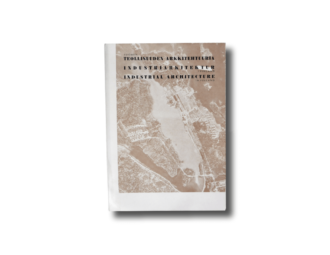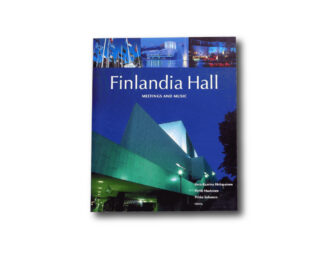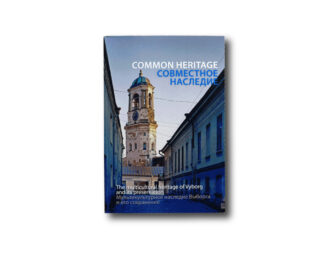The Landscape of Man – Shaping the Environment from Prehistory to the Present Day by Geoffrey and Susan Jellicoe (Thames and Hudson, 1995) studies the role of people in environmental change.
Throughout history men have moulded their environment to express or to symbolize ideas – power, order, comfort, harmony, pleasure, mystery. The means by which this has been achieved have varied in scale and composition, from small gardens to complete cities, but it is Geoffrey and Susan Jellicoe’s distinction to have realized that they are manifestations of a single process, and to have linked them all together. To qualify as a ‘landscape of man’, an environment must be deliberately shaped at a specific time. Its form will be conditioned by the civilization that produced it, and therefore to explain it fully one has to go not only to history but to philosophy and religion. Taking twenty-eight ‘cultures’ (–) the authors first summarize the social and intellectual background, then describe how this expressed itself in terms of landscape, and finally demonstrate their case in a series of picture-spreads showing what actually happened. The ground covered includes ancient Mesopotamia, Greece, Rome, the Muslim world, medieval Europe, India, China, Japan, pre-Columbian America and the post-Renaissance West in all its phases. The last section, about a fifth of the whole, is devoted to planning since 1945.
– The Landscape of Man – Shaping the Environment from Prehistory to the Present Day by Geoffrey and Susan Jellicoe (Thames and Hudson, 1995), excerpt from the back cover text
The text is in English. The book has been richly illustrated with black-and-white photographs, maps, art images and other visual material.
The copy in our stock is in good condition. The pages are clean without any markings, and the glueing of the binding is fine. There is some age-related yellowing on the edges of the pages, and the covers show some shelf wear and signs of use.














